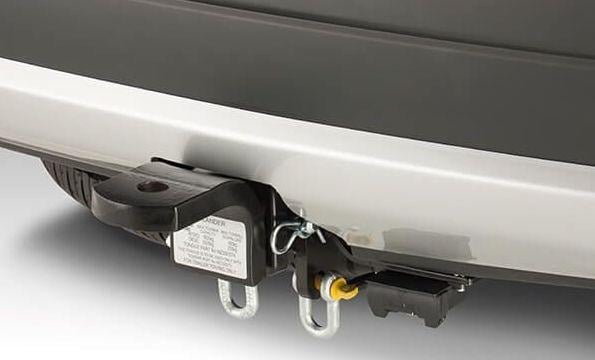In the world of towing, understanding the distinction between a tow bar and a tow hitch is essential for safe and efficient hauling. While these terms are often used interchangeably, they actually refer to two separate components with distinct purposes. A tow bar is a device that connects the towing vehicle to the towed vehicle, allowing for a secure and non-permanent connection. On the other hand, a tow hitch is a permanent fixture on the towing vehicle that provides the attachment point for the tow bar. By exploring these differences in construction and functionality, this article will shed light on the nuances between tow bars and tow hitches, empowering you to make informed decisions when it comes to towing.
Definition of a Tow Bar
What is a tow bar?
A tow bar is a device used for towing vehicles or trailers behind another vehicle. It is typically attached to the rear of the towing vehicle and provides a connection point for attaching the towed vehicle or trailer.
How does a tow bar work?
A tow bar works by creating a secure and stable attachment between the towing vehicle and the towed vehicle or trailer. It is designed to distribute the weight and force of the towed vehicle evenly, allowing for safe and controlled towing. The tow bar is connected to the chassis of the towing vehicle and usually has two arms that extend towards the towed vehicle. These arms can be adjusted in length to accommodate different towing setups. The tow bar also includes a coupler or receiver at the end of the arms, which connects to the hitch or towing point on the towed vehicle or trailer.
Definition of a Tow Hitch
What is a tow hitch?
A tow hitch, also known as a trailer hitch or receiver hitch, is a device that is attached to the rear of a vehicle and provides a connection point for towing trailers or other vehicles. It is typically made of metal and is designed to withstand the weight and force of towing.
How does a tow hitch work?
A tow hitch works by providing a secure attachment point for a trailer or towed vehicle. It is usually attached to the chassis of the towing vehicle, either directly or through a separate mounting bracket. The tow hitch consists of a receiver tube, which is mounted to the vehicle, and a hitch ball or tow hook, which is inserted into the receiver tube. The hitch ball or tow hook provides the connection point for attaching the trailer or towed vehicle. The tow hitch also includes safety features such as locking devices or pins to ensure a secure attachment.
This image is property of forum.wordreference.com.
Types of Tow Bars
Rigid tow bars
Rigid tow bars, also known as fixed or solid tow bars, are permanently attached to the rear of the towing vehicle. They are fixed in length and cannot be adjusted. Rigid tow bars are usually made of strong materials such as steel, making them sturdy and reliable for towing heavy loads. They provide a secure connection between the towing vehicle and the towed vehicle or trailer, ensuring stability and control during towing.
Detachable tow bars
Detachable tow bars, as the name suggests, can be removed or detached from the towing vehicle when not in use. They typically consist of two separate pieces: a baseplate that is permanently mounted to the rear of the towing vehicle, and a removable tow arm that can be attached or detached as needed. Detachable tow bars offer the advantage of not protruding from the front of the vehicle when not in use, providing a cleaner and more streamlined appearance. They are also more convenient for storage and transportation.
Types of Tow Hitches
Fixed tow hitches
Fixed tow hitches, also known as standard or fixed-drawbar hitches, are permanently attached to the towing vehicle and cannot be removed or adjusted. They are usually installed to the rear of the vehicle using bolts or other mounting hardware. Fixed tow hitches have a receiver tube that allows for the attachment of a ball mount, tow hook, or other towing accessories. They come in different sizes and weight ratings to accommodate various towing needs.
Removable tow hitches
Removable tow hitches, as the name suggests, are designed to be easily attached or removed from the towing vehicle. They consist of a receiver tube that is mounted to the vehicle using a hitch receiver, which can be detached when not in use. Removable tow hitches offer flexibility as they can be used for different towing applications by simply changing the hitch receiver or attachment. They are also more convenient for vehicles that need a hitch occasionally, as they can be removed to avoid interfering with the vehicle’s rear bumper or rearview camera.
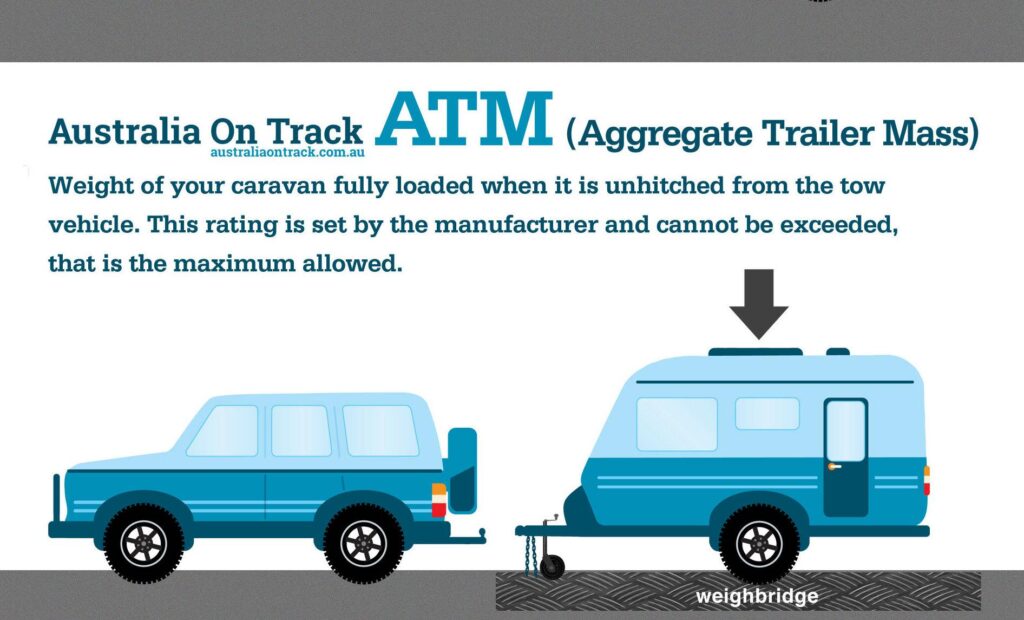
This image is property of images.carexpert.com.au.
Key Differences Between Tow Bars and Tow Hitches
Attachment to the towing vehicle
The main difference between tow bars and tow hitches lies in their attachment to the towing vehicle. Tow bars are typically attached to the chassis of the towing vehicle, while tow hitches are mounted to the rear of the vehicle. Tow bars require drilling and mounting directly to the vehicle’s frame, making them a permanent installation. On the other hand, tow hitches can be easily attached or removed, allowing for more flexibility and versatility.
Flexibility and convenience
Tow bars offer more flexibility when it comes to towing different vehicles or trailers. With adjustable arms, tow bars can accommodate a variety of towing setups, including vehicles of different widths. However, detachable tow bars provide even more convenience as they can be removed when not in use, eliminating any protrusion from the front of the vehicle and allowing for a cleaner appearance.
Sturdiness and weight capacity
Rigid tow bars are often considered stronger and sturdier than tow hitches, as they are permanently fixed to the towing vehicle’s chassis. They are designed to handle heavy loads and provide a secure connection for towing. Tow hitches, especially removable ones, may have weight limitations and are generally not as robust as rigid tow bars. It is important to consider the weight capacity and towing requirements when choosing between a tow bar and a tow hitch.
Ease of installation
Tow bars usually require professional installation, as they need to be securely mounted to the vehicle’s frame. This installation process can be time-consuming and may require drilling or modification of the vehicle. On the other hand, tow hitches, especially removable ones, are generally easier to install. They often come with detailed instructions and can be mounted with basic hand tools, making them more suitable for DIY installation.
Cost
The cost of tow bars and tow hitches can vary depending on the brand, material, weight capacity, and features. In general, tow bars tend to be more expensive than tow hitches, especially rigid tow bars that offer increased strength and durability. Removable tow hitches can be a more affordable option, but the overall cost will also depend on any additional accessories or attachments required for towing.
When to Use a Tow Bar
Advantages of using a tow bar
Using a tow bar offers several advantages. Firstly, tow bars provide a secure and stable connection between the towing vehicle and the towed vehicle or trailer, ensuring safe and controlled towing. They distribute the weight evenly, reducing the risk of swaying or unstable towing. Additionally, tow bars allow for a greater range of maneuverability, as they can pivot and adjust to accommodate different towing angles. They are also ideal for towing vehicles or trailers over long distances.
Suitable towing scenarios
Tow bars are commonly used for towing vehicles behind motorhomes or recreational vehicles (RVs). They are particularly useful for flat towing or dinghy towing, where all four wheels of the towed vehicle are in contact with the road. Tow bars are also suitable for towing trailers, caravans, or other towed vehicles with a compatible coupling attachment.
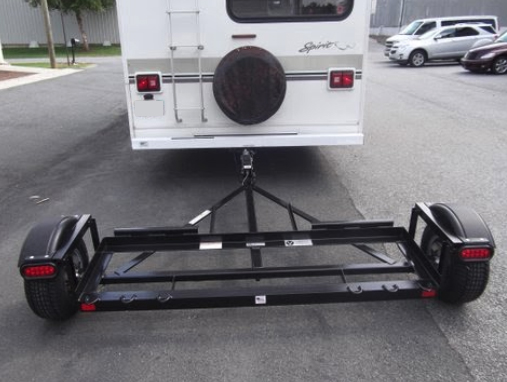
This image is property of cartowdolly.com.
When to Use a Tow Hitch
Advantages of using a tow hitch
Tow hitches offer their own set of advantages. Firstly, removable tow hitches provide the convenience of easy attachment and removal, making them suitable for occasional towing needs. They also allow the towing vehicle to have a clean and unobstructed appearance when not in use. Additionally, tow hitches offer more versatility as different hitch receivers or attachments can be used for various towing applications.
Suitable towing scenarios
Tow hitches are commonly used for towing trailers or other towed vehicles that require a ball mount or towing hook connection. They are widely used for recreational towing, such as hauling a boat trailer, horse trailer, or utility trailer. Tow hitches are also suitable for towing bike racks or cargo carriers, providing an additional level of utility for the towing vehicle.
Safety Considerations
Proper usage and maintenance
Regardless of whether a tow bar or tow hitch is used, proper usage and maintenance are crucial for safe towing. It is important to follow the manufacturer’s instructions for installation and usage, ensuring that all components are properly secured and in good condition. Regular inspection and maintenance of the towing equipment, including checking for any signs of wear or damage, are essential to prevent accidents or failures during towing.
Choosing the right towing equipment
Selecting the appropriate towing equipment is essential to ensure safe and efficient towing. Consider factors such as the weight capacity of the tow bar or tow hitch, the towing vehicle’s towing capacity, and the weight of the trailer or towed vehicle. It is important to choose equipment that is compatible with the towing setup and meets the necessary safety standards.
Weight distribution and load capacity
Proper weight distribution is crucial for safe towing. When using a tow bar or tow hitch, it is important to distribute the weight evenly between the towing vehicle and the towed vehicle or trailer. Overloading the towing equipment or exceeding their weight capacities can lead to instability, reduced braking performance, and increased risk of accidents. Pay attention to the maximum allowable tongue weight and gross trailer weight when determining the load capacity of the towing equipment.
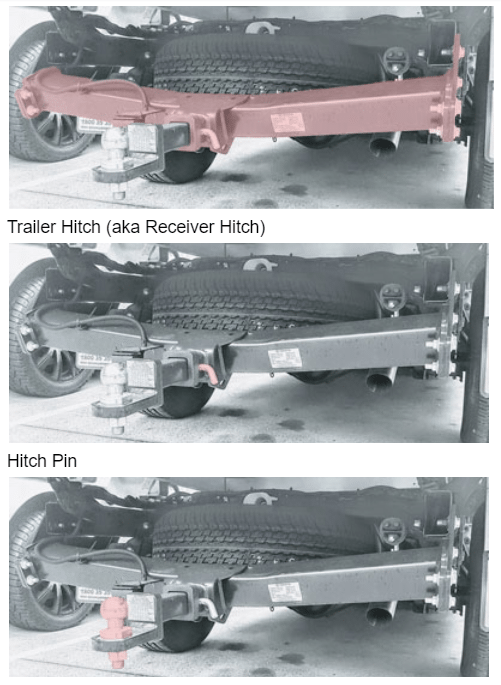
This image is property of www.sandgateautoelectrics.com.au.
Legal Requirements
Towing regulations and laws
Towing regulations and laws vary among different jurisdictions, and it is important to comply with the specific requirements of the area where you plan to tow. These regulations may include speed limits, trailer size and weight restrictions, brake requirements, and other safety measures. It is advisable to research and familiarize yourself with the local towing laws to ensure compliance and avoid any legal issues.
Safety certifications and standards
When purchasing a tow bar or tow hitch, it is important to look for safety certifications and standards. These certifications indicate that the product has undergone testing and meets certain safety requirements. Look for certifications such as SAE (Society of Automotive Engineers) J684 for tow bars or SAE J684 or V5 for tow hitches. Choosing towing equipment with these certifications provides assurance of their quality and safety.
Conclusion
In conclusion, tow bars and tow hitches are both used for towing vehicles or trailers, but they differ in their attachment to the towing vehicle, flexibility, sturdiness, ease of installation, and cost. Tow bars offer a secure and stable connection, while tow hitches provide convenience and versatility. The choice between a tow bar and a tow hitch depends on the specific towing needs and preferences. Regardless of the chosen option, proper usage, regular maintenance, and compliance with towing regulations and standards are essential for safe and legal towing.
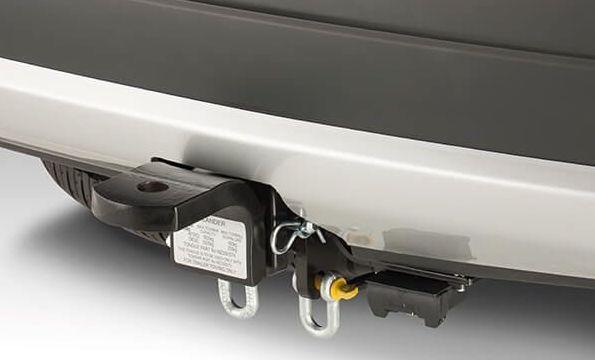
This image is property of images.carexpert.com.au.
